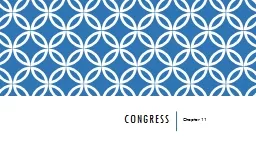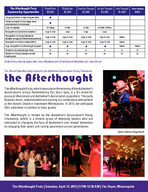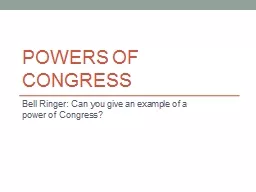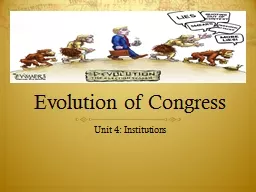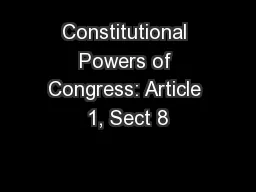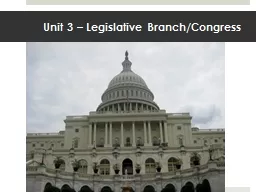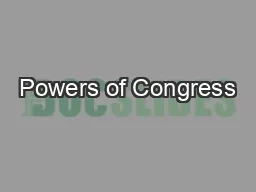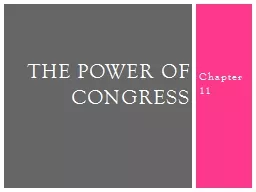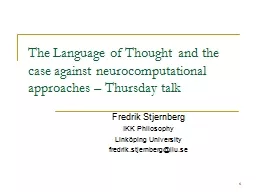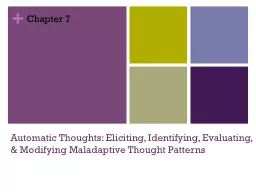PPT-Congress Chapter 11 Food for thought…
Author : lois-ondreau | Published Date : 2019-03-12
Why is Article I so long and Articles II and III so short What does this reveal about the Framers view of Congress Evolution of congress Intentions of founders Fear
Presentation Embed Code
Download Presentation
Download Presentation The PPT/PDF document "Congress Chapter 11 Food for thought…" is the property of its rightful owner. Permission is granted to download and print the materials on this website for personal, non-commercial use only, and to display it on your personal computer provided you do not modify the materials and that you retain all copyright notices contained in the materials. By downloading content from our website, you accept the terms of this agreement.
Congress Chapter 11 Food for thought…: Transcript
Download Rules Of Document
"Congress Chapter 11 Food for thought…"The content belongs to its owner. You may download and print it for personal use, without modification, and keep all copyright notices. By downloading, you agree to these terms.
Related Documents

